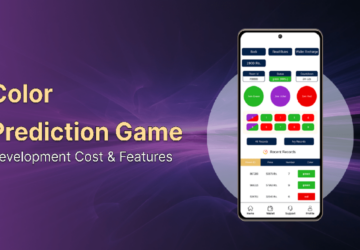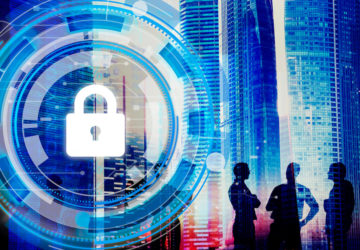Gone are the days of waiting rooms packed with anxious patients. Technology continues to reshape the way patients receive medical attention, and one notable advancement is the integration of telehealth in remote patient monitoring. This transformative approach harnesses the power of digital connectivity to keep a vigilant eye on patients’ health,
A telehealth system offers a proactive and efficient solution to healthcare management. On that note, let’s talk about the key aspects of this groundbreaking shift.
Before Anything Else, What is a Telehealth System?
A telehealth system is a technology that allows people to have medical appointments with their healthcare providers from a distance. Instead of going to a clinic or hospital in person, you can use video calls, phone calls or online platforms to talk to your doctor, discuss your health concerns and get medical advice or treatment recommendations. It’s like having a virtual visit with your healthcare provider!
1. Enhancing Accessibility
Telehealth plays a pivotal role in overcoming geographical barriers, providing patients in remote or underserved areas access to healthcare resources.
Through virtual consultations and remote monitoring, individuals can receive timely medical guidance without the need for arduous travels. This newfound accessibility ensures that patients, regardless of their location, can avail themselves of the healthcare expertise they require.
2. Real-time Monitoring
One of the remarkable advantages of telehealth in remote patient monitoring is the ability to track health metrics in real-time. Wearable devices and connected sensors enable continuous monitoring of vital signs, medication adherence and other critical parameters.
The data is transmitted securely to healthcare professionals, allowing them to identify trends, detect anomalies and intervene promptly when necessary.
3. Proactive Disease Management
Telehealth empowers healthcare providers to adopt a proactive approach in managing chronic conditions. Through continuous remote monitoring, medical professionals can identify early warning signs, enabling timely interventions and preventing exacerbation of health issues.
We are now looking at a shift towards proactive disease management, which not only improves patient outcomes but also reduces the burden on healthcare systems.
4. Patient Empowerment
Telehealth fosters a sense of empowerment among patients by involving them actively in their healthcare journey. Through remote monitoring tools, patients gain insights into their health metrics, fostering a greater understanding of their conditions.
Notice the increased awareness? It encourages patients to make informed decisions about their lifestyles and adhere to treatment plans, ultimately contributing to better health outcomes.
5. Cost-effective Healthcare
The integration of telehealth in remote patient monitoring offers a cost-effective alternative to traditional healthcare models. Reduced hospital visits and early interventions can lead to significant cost savings for both patients and healthcare providers.
The shift towards a more cost-effective approach aligns with the broader trend in healthcare to optimise resources while maintaining the quality of patient care.
Conclusion
In this connected future, where geographical distances are bridged by digital innovations, the healthcare paradigm is shifting towards a more patient-centric and efficient model. Embracing the possibilities that telehealth offers ensures that healthcare remains responsive, accessible and tailored to the evolving needs of individuals.
Telehealth systems weave a thread of connectivity, linking patients to a continuum of care that transcends physical boundaries. The journey towards a connected healthcare future is underway, and telehealth is at its forefront, guiding us towards a landscape where proactive, personalised and accessible healthcare is the new norm.








